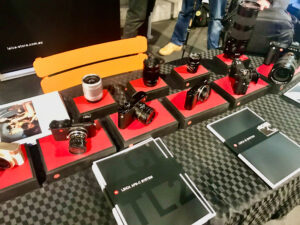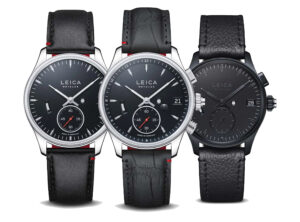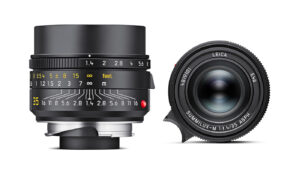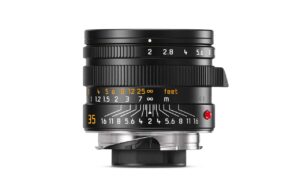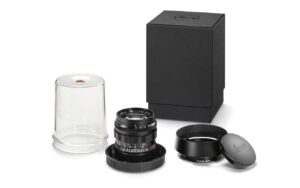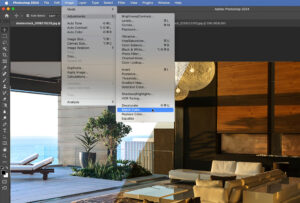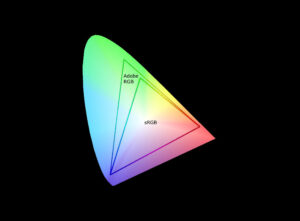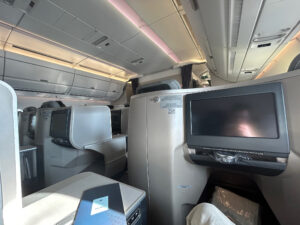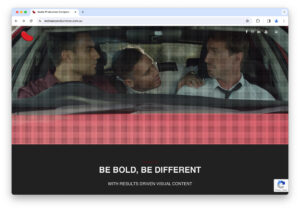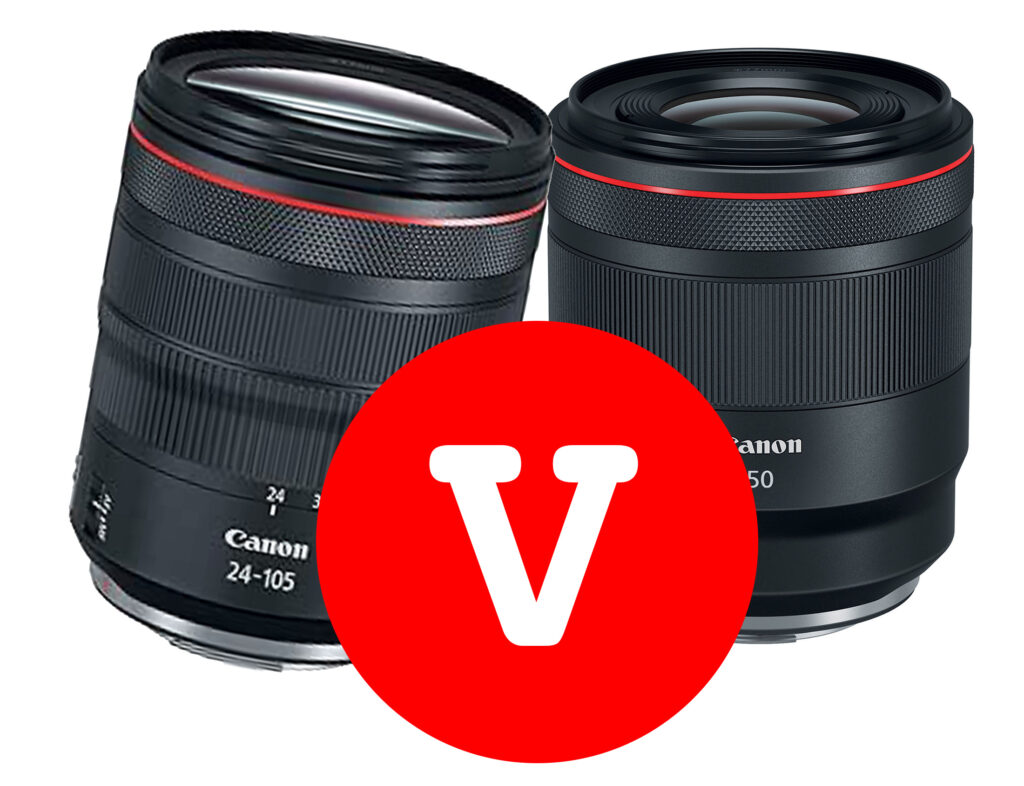When you embark on the journey of photography, the significance of lenses becomes undeniably clear. Your lens is the eye through which your camera sees the world, and whether you choose a prime lens or a zoom lens can dramatically impact your photographic results. This comprehensive guide will delve into the intricacies of prime and zoom lenses, helping you understand which might best suit your photographic endeavours.
As a Leica M user, I’m all about shooting prime lenses. Indeed, I tend to click 1 focal length onto my M and stick wit it for a few months and then not bother with others. I get enjoyment out of the challenge of forcing myself to do something new every now and then. But I get it, as a Leica M user I am a rare type of photographer. So, if you are into mirrorless or DSLRs, what is the difference, and benefits or constraints of using just prime or zoom lenses?
The Essence of Prime Lenses
Often referred to as fixed focal length lenses, prime lenses offer a specific angle of view. Lenses are characterized by their focal length, which directly correlates with the field of view captured: the lower the number, the wider the angle; the higher the number, the narrower the angle. With a prime lens, this focal length is static, leading to a host of advantages and challenges.
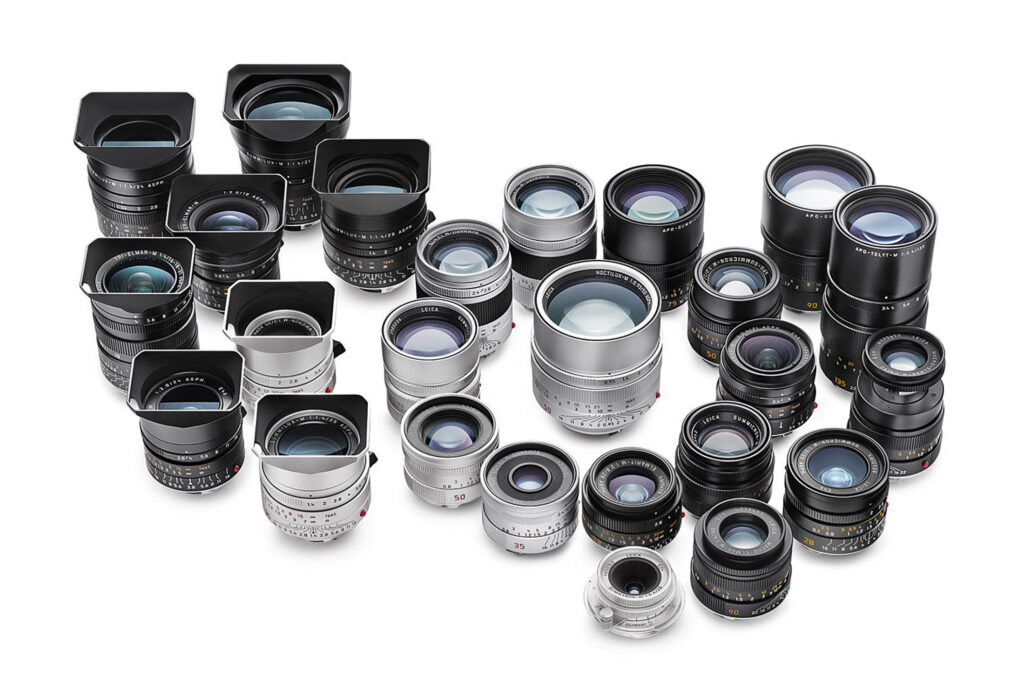
The M Range from Leica tends to be more about prime lenses.
Advantages of Prime Lenses
Superior Image Quality
Without the need for complex internal mechanisms, prime lenses often boast superior optics, yielding sharper, more detailed images. They are engineered with fewer glass elements, reducing the potential for aberration and light dispersion.

Beautiful Bokeh
A term derived from the Japanese word for blur, bokeh refers to the aesthetic quality of out-of-focus areas. Prime lenses frequently feature large maximum apertures (e.g., f/1.4, f/1.8), facilitating a shallow depth of field that can make subjects stand out against a dreamy, blurred background.
Low-Light Prowess
The wide apertures allow more light to hit the sensor, enabling photographers to shoot in lower light without resorting to flash or suffering camera shake from slow shutter speeds.
Creative Discipline
Fixed focal lengths force photographers to move and explore new perspectives, fostering creativity and compositional prowess.
Affordability and Value
Generally more cost-effective than their zoom counterparts, prime lenses also retain their value well, serving as a long-term investment. Can be a con though, as you generally end up buying a lot more Prime lenses rather than Zoom lenses, so they can blow the budget.
Portability
Most prime lenses are lighter and more compact, making them a preferred choice for travel and street photography.
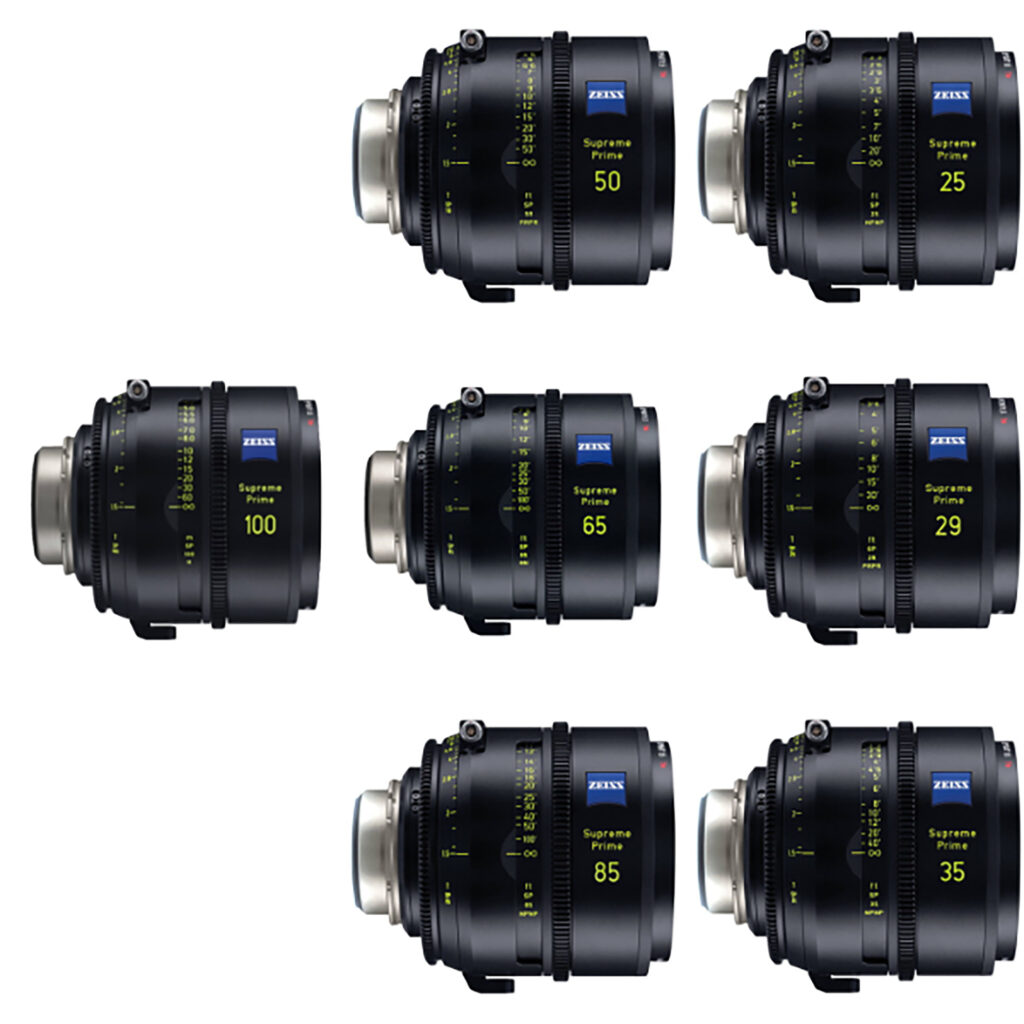
Challenges of Prime Lenses
Less Versatility
With a single focal length, prime lenses lack the flexibility to quickly change compositions without physically moving closer to or farther from the subject.
Multiple Lenses Needed
To cover a range of focal lengths, you may need several prime lenses, which can add up in cost and bulk, and cost.
Advantages of Zoom Lenses
The Versatility of Zoom Lenses
Zoom lenses offer a range of focal lengths at your fingertips. By turning the zoom ring, you can alter your composition from wide-angle to telephoto without changing your position or the lens.
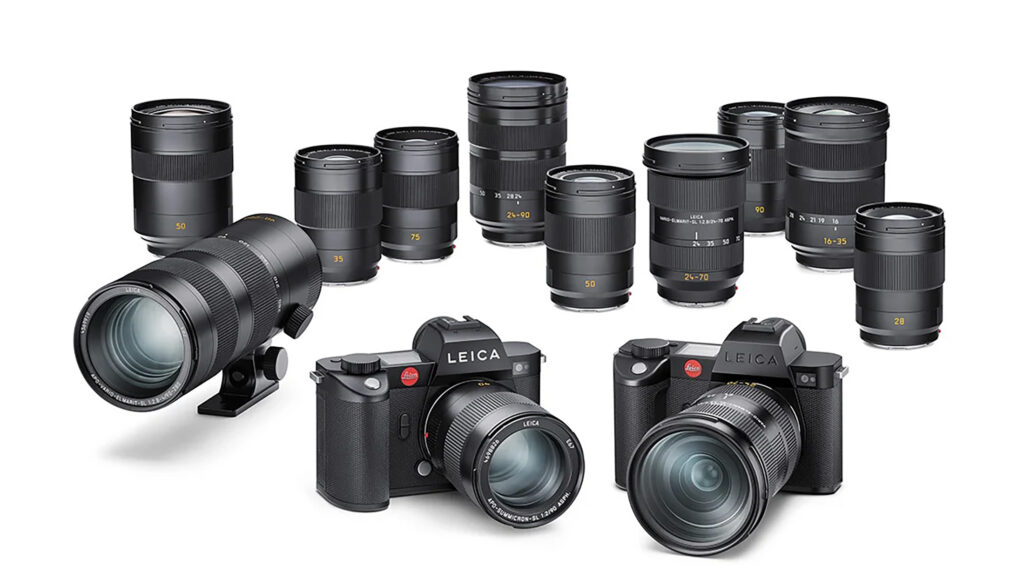
The SL range from Leica tends to be more about using Zoom Lenses.
Flexibility
A zoom lens, like an 18-55mm or 70-200mm, can cover a wide array of focal lengths, making it incredibly versatile for different photographic scenarios.
Convenience
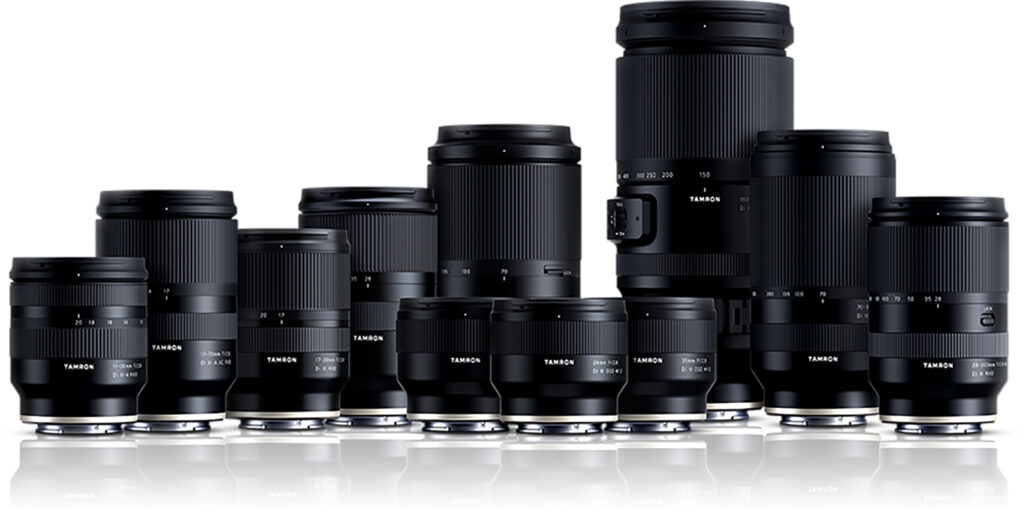
Tamron is a great third party manufacturer of lenses, and has a brilliant range of zoom lenses for Canon, Nikon, Sony and more mounts.
Ideal for events and situations where changing lenses is impractical, a zoom lens enables you to capture a variety of shots quickly.
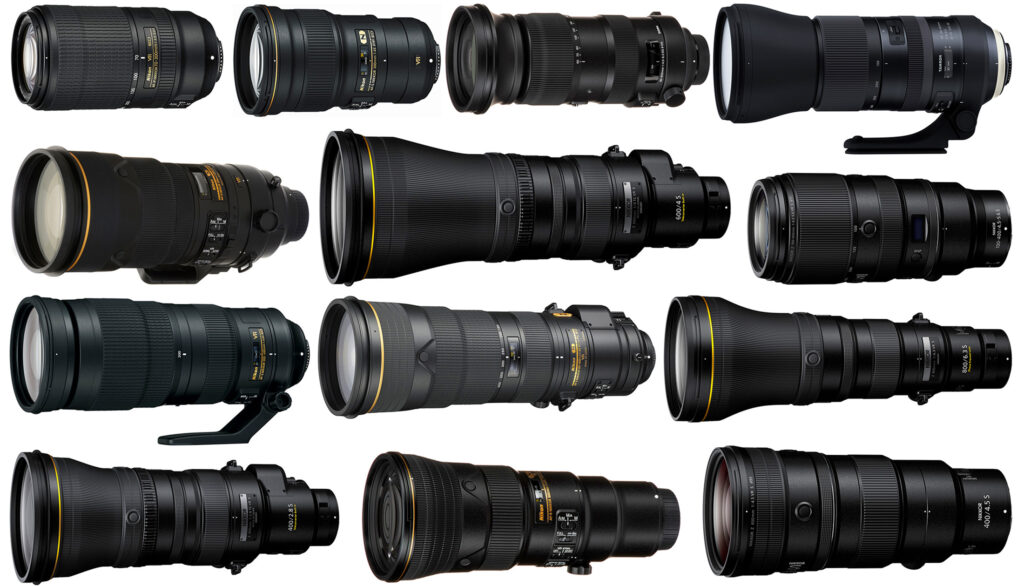
Weight and Space
Carrying one zoom lens can be lighter and take up less space than multiple prime lenses.
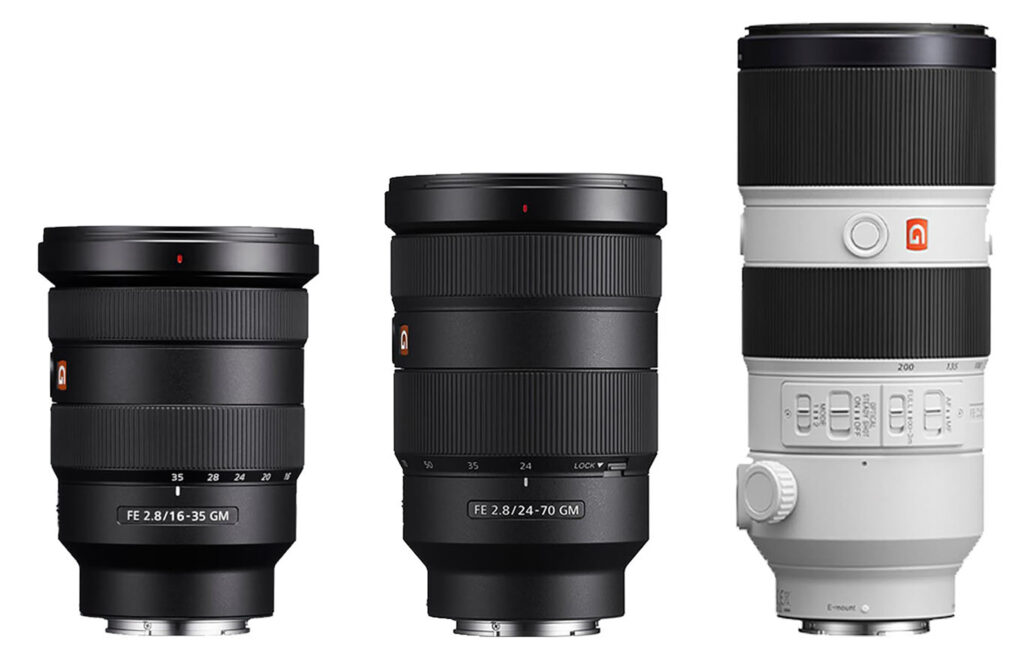
High speed zoom lenses such as these from Sony, the 16-35mm F2.8, 24-70 F2.8mm and 70-200mm F2.8 are pretty much as ‘do it all solution.’
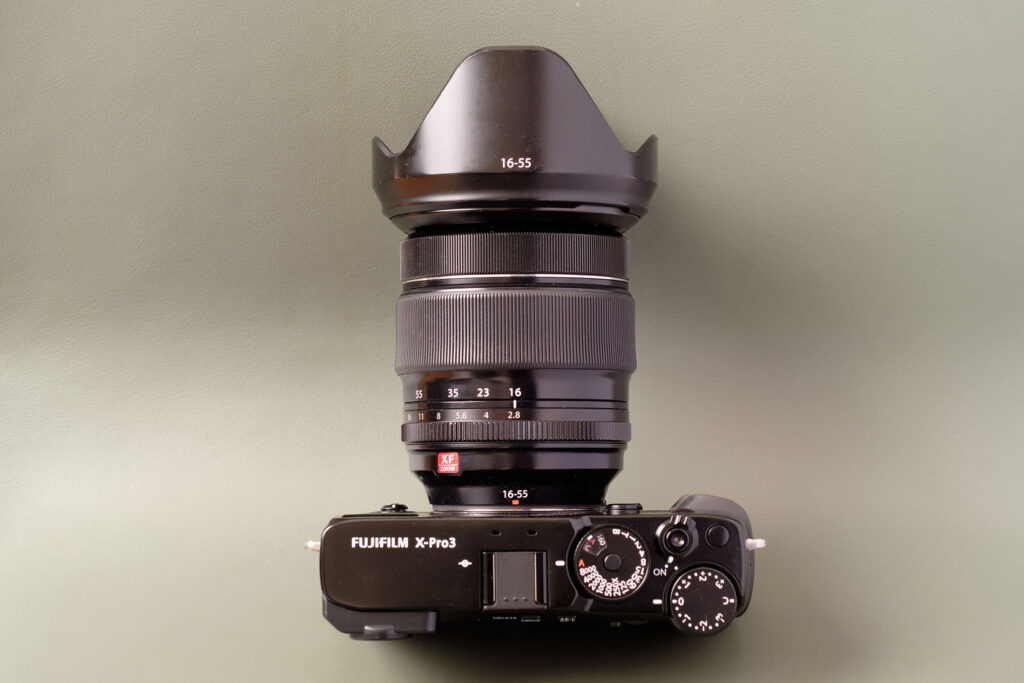
Challenges of Zoom Lenses
Image Quality
Complex construction can sometimes lead to lower image quality compared to prime lenses, particularly in terms of sharpness and aberrations.
Aperture Limitations
Zoom lenses typically have smaller maximum apertures, which limits the amount of light that can enter, reducing their effectiveness in low-light situations and their ability to create shallow depth of field.
Size and Weight
High-quality zoom lenses, especially those with a large maximum aperture or extensive focal length range, can be large and heavy.
Cost: High-end zoom lenses that offer the best quality can be quite expensive.
Concluding Thoughts on Prime vs. Zoom Lenses
Choosing between a prime and a zoom lens is not just a matter of quality but also of your photography style, subject matter, and personal preferences. Prime lenses challenge you to think creatively, while zoom lenses offer unparalleled convenience and flexibility. Both have their place in a photographer’s bag, and often, the decision comes down to the specific needs of the shoot.
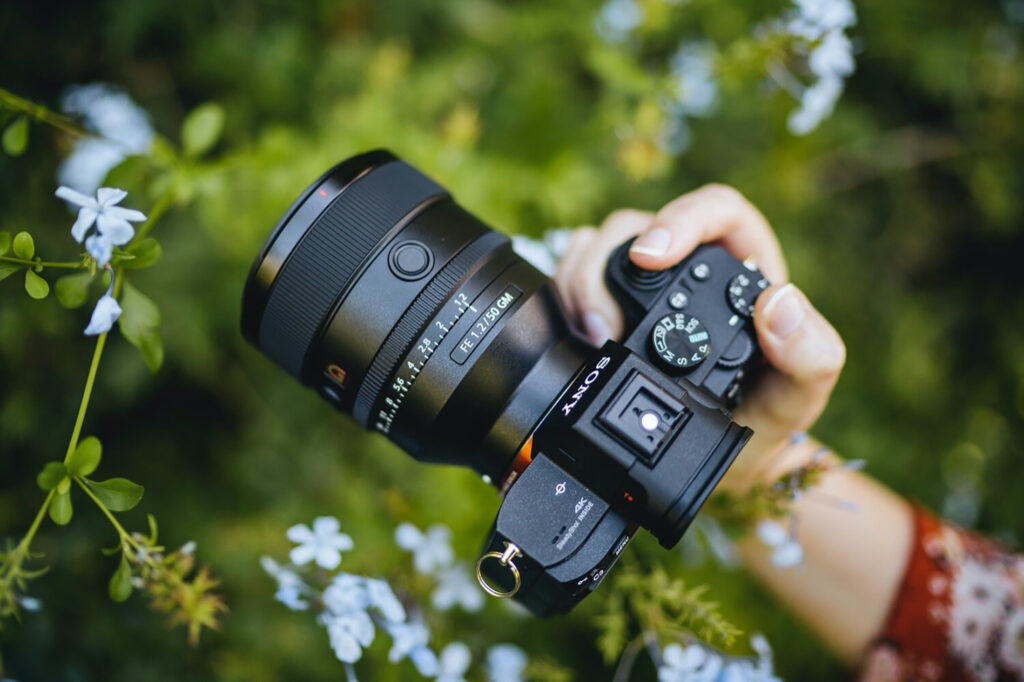
As you advance in your photographic journey, the temptation to expand your lens collection will grow. Yet, regardless of whether you lean towards the crispness of primes or the versatility of zooms, remember that the best lens is the one that helps you realize your vision and capture the moments that matter to you.
Now that you’re armed with this knowledge, you can step into the prime vs. zoom lens debate with confidence and make an informed decision on which lens will best enhance your photographic artistry. Embrace the qualities of your chosen lens, and let it inspire your creative process, for it’s not only about the equipment but also about the vision behind the lens that creates truly compelling images.

























